Tauros have been released into the Greater Côa Valley for the first time. The herd will play a vital role in restoring grassland and woodland habitats in this rewilding landscape in Portugal.
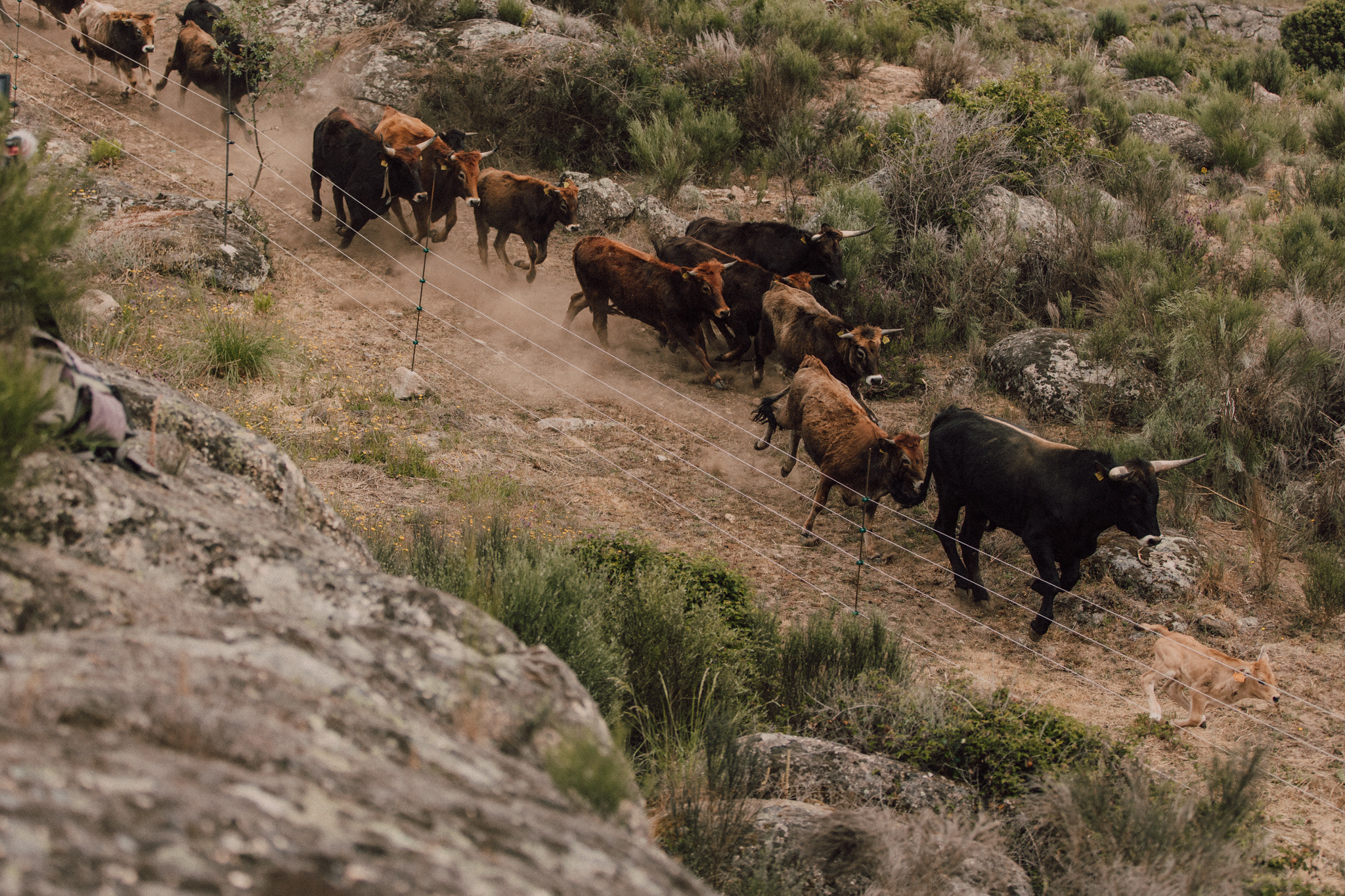
Bringing back wild bovines
Last week, a herd of fifteen Tauros were released to roam approximately 600 hectares in the Ermo das Águias region of the Greater Côa Valley rewilding landscape. This is an important milestone as part of the conservation and restoration efforts being carried out by the Rewilding Portugal team and their partners. The Supervisory Boards from both Rewilding Europe and Rewilding Portugal joined the rewilding team on the ground to observe and celebrate this exciting event.
Earlier in April, three Tauros bulls and 12 cows, four of which are pregnant, arrived in Portugal following their transportation from the Netherlands by Stichting Taurus (the Taurus Foundation). The animals were released into an enclosed paddock so that they were able to acclimatise to their new environment, whilst the team monitored their health and behaviour for a couple of weeks prior to release.
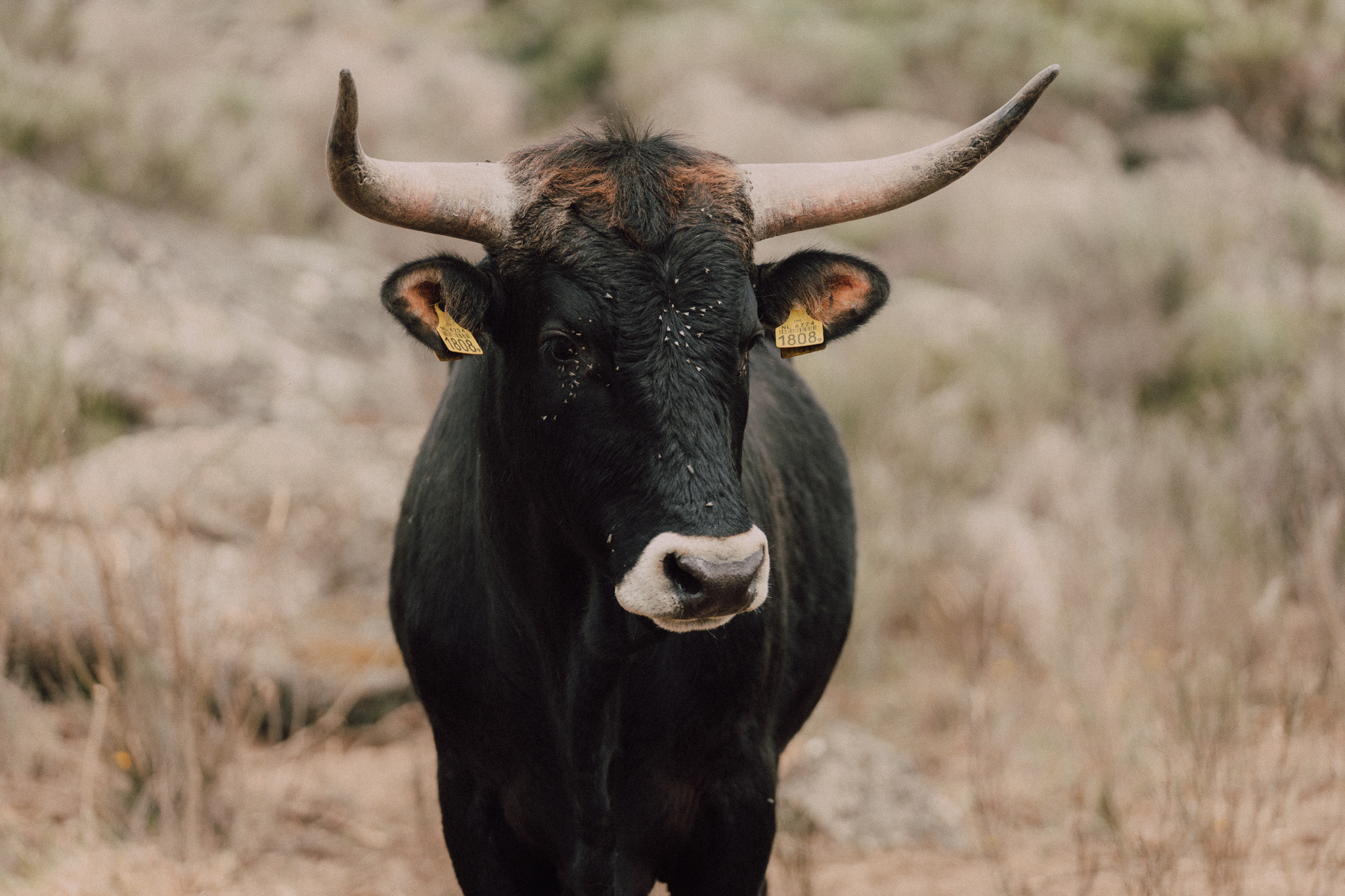
Cultural relationship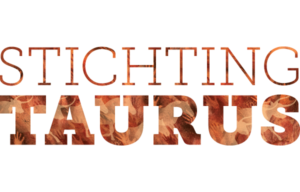
The Greater Côa Valley was once home to the ancestor of the Tauros, the aurochs. The aurochs is the wild ancestor of all domestic cattle, and thus considered the most important animal in the history of mankind.
The release of Tauros into the Greater Côa Valley is a continuation of the European Tauros programme, which began in 2009 and then progressed as a cooperation between Rewilding Europe and the Taurus Foundation, which started in 2013. The programme aims to return a self-sufficient, wild-living bovine species to Europe that is both genetically and functionally similar to the aurochs, thus able to fill the same ecological niche. Through careful back-breeding of ancient cattle breeds, the Tauros was born.
Traces of the ancient bovine can still be found as part of prehistoric rock engravings within the Côa Valley, paying tribute to a long-standing cultural relationship with these animals. The aurochs was hunted to extinction by 1627. Before it was declared extinct, this keystone species once roamed across large parts of Europe, Asia, and North Africa. Now, the Tauros is being introduced to the landscape to fulfil its important ecological role.
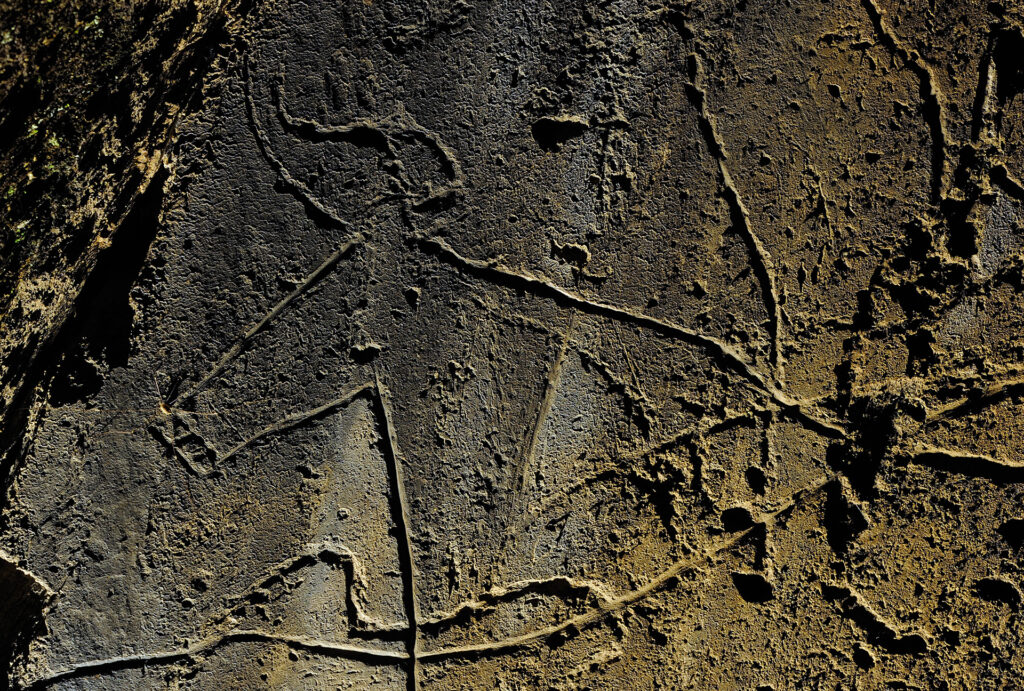
Ecological role
As a result of their grazing and browsing habits, the newly released herd will contribute directly to the creation of varied and biodiverse habitats, whilst removing dense vegetation and reducing the risk of devastating wildfires, which will allow native woodland to regenerate.
They also play a key role in the trophic food chain. The Côa Valley is already home to Iberian wolves and vultures, both of which will greatly benefit from the return of a large bovine. Whilst lesser-known scavenging invertebrates, birds, and small mammals will also thrive as a result of their presence.
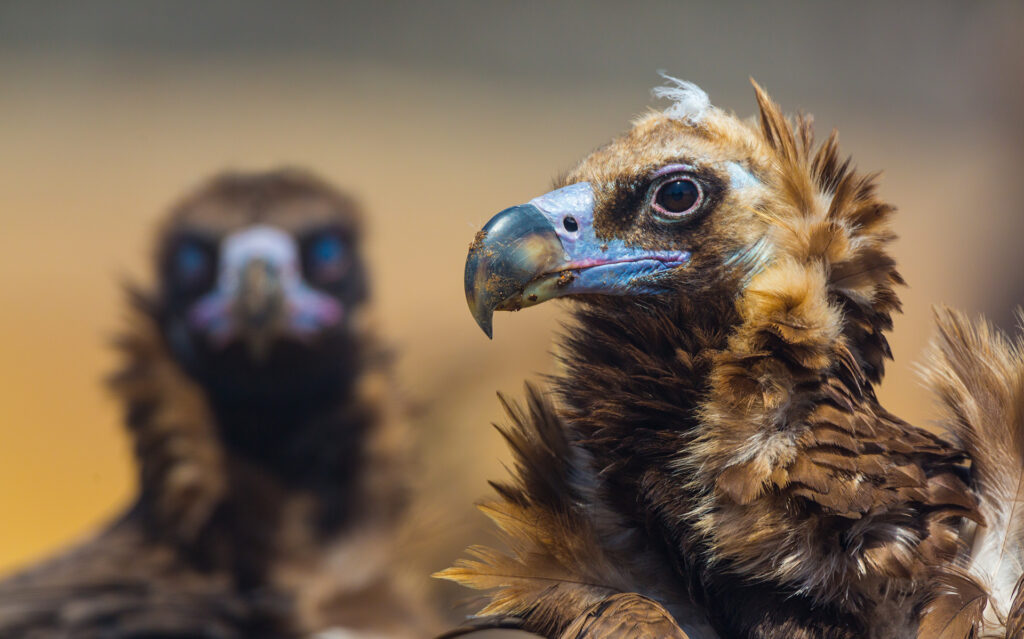
Essential grazers
Like much of Europe, Portugal has been experiencing the depopulation of rural communities for decades. People moved away from working the land, and huge numbers of grazing livestock were lost. Once open landscapes are now being covered by dense scrub vegetation or vast swathes of young forest, both of which are poor in biodiversity and susceptible to wildfire.
“Large herbivores play an essential role in consuming biomass and creating more resilient landscapes to protect against wildfire,” explains Rewilding Portugal’s Head of Conservation, Sara Aliácar. “They will also be excellent at spreading seeds to help restore the habitats that have already been lost to fires, improving spaces for wildlife.”
The long-horned Tauros are entirely self-sufficient, requiring no further supplementation post-release. As they free-roam, they are also innately able to defend themselves from predation. As the animals restore the landscape, opportunities for local people will increase too.
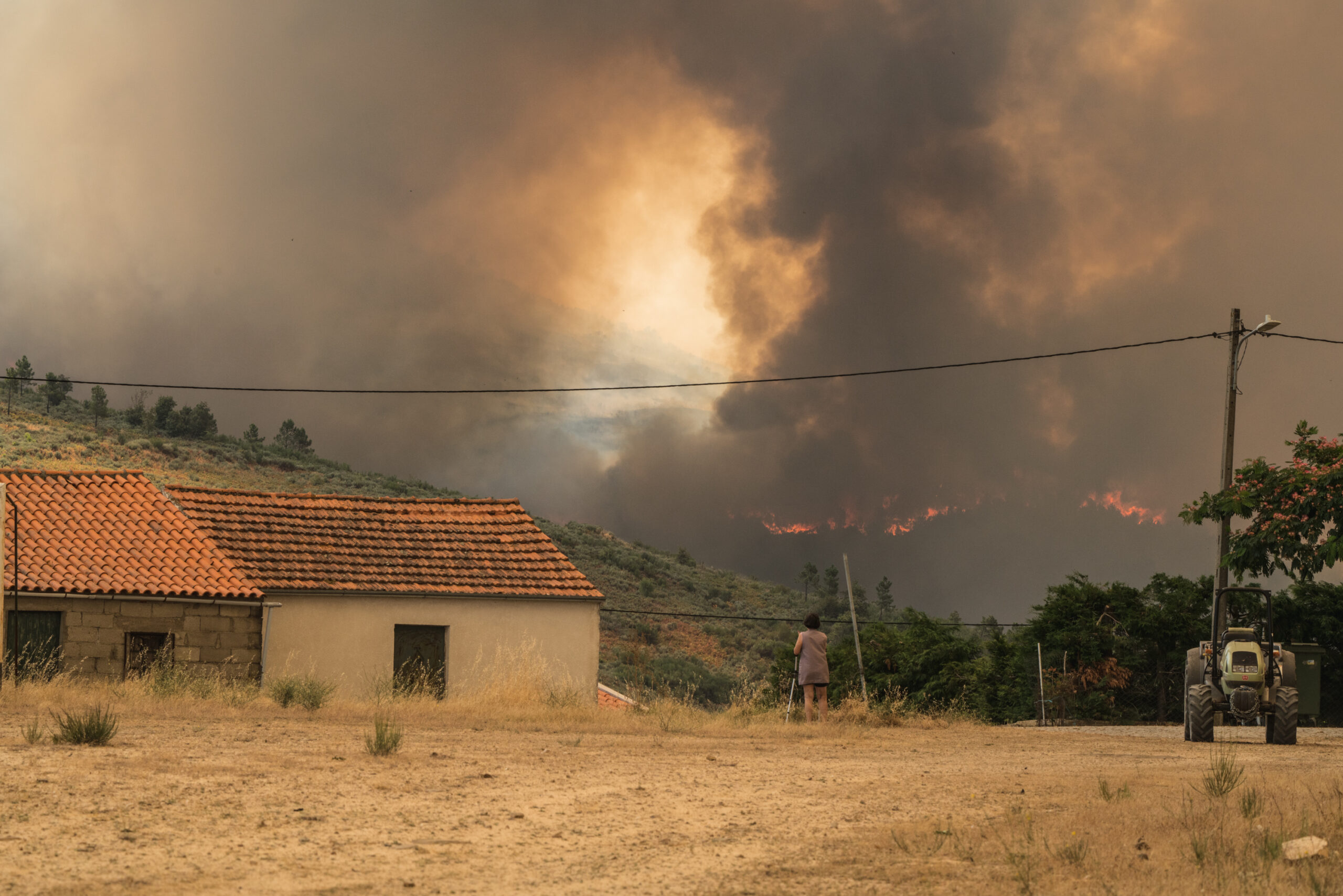 Credits: Agata Rucin / Rewilding Portugal
Credits: Agata Rucin / Rewilding Portugal
For people and nature
The introduction of Tauros to the Ermo das Águias region has been done with the support of local people. When the Rewilding Portugal team first bought the land, they exercised extensive community outreach and encouraged engagement through organised activities.
There is already a good understanding locally about the importance of grazing animals, due to their own experiences with managing domestic livestock.
Reducing the risk of wildfires is a clear benefit to the community, but it also increases opportunities for nature-based tourism. Not only this, but the release has drawn national attention to the Greater Côa Valley, which is very important for the local people, who are proud of their rural community.
The Rewilding Portugal team were provided training by the Taurus Foundation so that they understood the behaviour of these large bovines prior to their arrival. Although the area of Ermo das Águias where the Tauros are free-roaming is not currently open to the public, it will be accessible and safe for visitors in the future. The team plan to create walking trails with informative signage, which will include clear instructions on what to do when encountering Tauros, such as keeping a respectful distance.
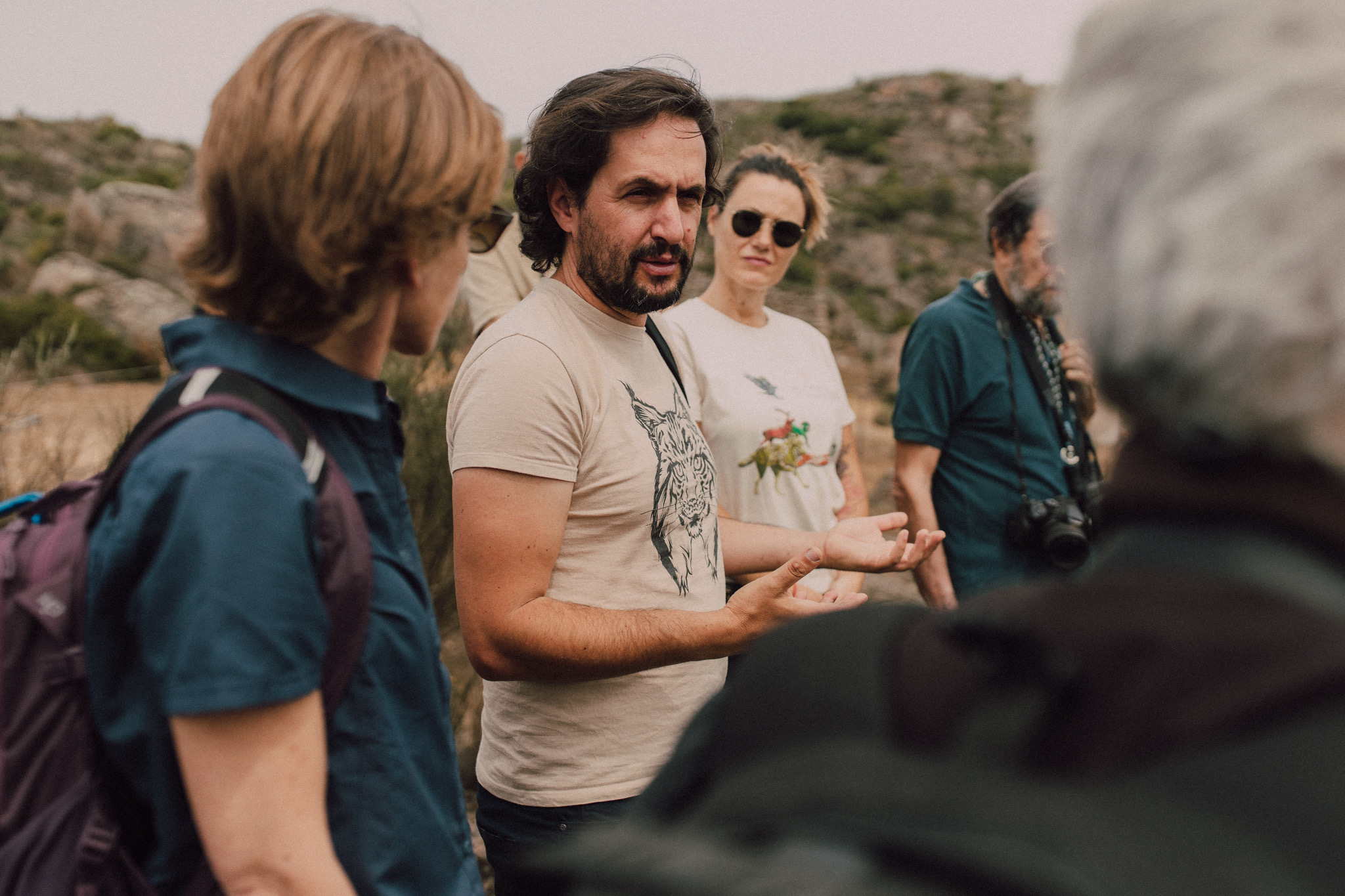
Restoring open plains grazing
The Tauros are not alone in their restorative role. They will be joining some of the 25 native-breed Sorraia horses that have already been released by Rewilding Portugal and partners. A herd of 13 horses free-roam the northern part of the Ermo das Águias region, whilst the Tauros have been released in the south. The team look forward to the two species meeting and grazing the land together, just as their wild ancestors would have done.
The benefits of introducing semi-wild herbivores to these regions are already apparent. Wilder, naturally-grazed landscapes are now showing the early signs of becoming a nature-rich mosaic of biodiverse habitats.
“This is the first release in Portugal and we plan to introduce Tauros to more areas within the Greater Côa Valley as we continue to improve connectivity,” says Deli Saavedra, Head of Landscapes for Rewilding Europe.
The releases will help to realise the rewilding vision for the area, with the Rewilding Portugal team and local partners now working to strengthen an important 120,000-hectare ecological corridor between the Douro region in the north and the Malcata region in the south. Their efforts are supported by a grant from the Endangered Landscapes Programme.